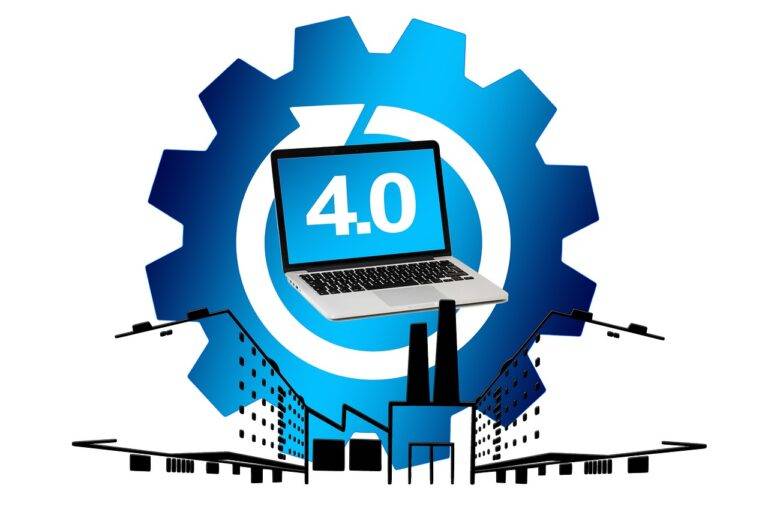The Role of Tech in Disaster Preparedness: Mobile Apps for Emergency Planning
During times of disaster, mobile apps play a crucial role in assisting response efforts. These apps enable real-time communication, providing immediate updates and information to both responders and affected individuals. From notifying users about evacuation procedures to offering maps of safe zones, mobile apps serve as valuable tools for enhancing coordination and efficiency in disaster response.
Furthermore, mobile apps can facilitate the dissemination of critical information such as emergency contact numbers, shelter locations, and first aid tips. By harnessing the power of mobile technology, emergency response teams can reach a wider audience and ensure that important resources are readily accessible to those in need. In essence, the use of mobile apps in disaster response is instrumental in enhancing the overall effectiveness and timeliness of emergency operations.
The Importance of Real-time Alerts in Emergency Situations
When it comes to responding to emergencies swiftly and effectively, real-time alerts play a crucial role. These alerts serve as a vital communication tool in notifying the public about potential threats or ongoing disasters. By delivering immediate and actionable information to individuals in harm’s way, real-time alerts help disseminate critical details that can save lives and minimize damages.
In emergency situations, every second counts, and real-time alerts empower authorities to reach a wide audience rapidly. Whether through mobile apps, text messages, sirens, or social media platforms, disseminating alerts in real-time ensures that people can access essential instructions and updates promptly. This prompt communication not only enhances public safety but also enables individuals to make informed decisions and take necessary precautions during crisis situations.
Utilizing Location-based Services for Efficient Disaster Planning
Location-based services play a crucial role in enhancing disaster planning efforts by providing real-time data on the affected areas. These services utilize geographic information systems to deliver location-specific information to emergency responders, enabling them to make informed decisions quickly. By leveraging location-based data, authorities can pinpoint high-risk areas, allocate resources efficiently, and streamline evacuation procedures during times of crisis.
Through the integration of location-based services, disaster planning teams can improve communication and coordination amongst various response units. By utilizing geospatial technology, emergency responders can track the movements of personnel, monitor changes in the disaster situation, and assess the impact of the event on different geographical regions. This real-time information is invaluable in optimizing the deployment of resources and ensuring a swift and effective response to mitigate the effects of a disaster.





